There are not many culinary debates that provoke such passionate discourse as the battle between New York and Chicago pizza. Each city has cultivated its own pizza identity that reflects its unique history, demographics, and ethos.
What began as regional specialty foods have grown into world-famous symbols of American gastronomic culture, with die-hard followers who’ll defend their preferred slice to the death. What follows is a list of 20 primary distinctions between these legendary pizza traditions, showing how much more than crust thickness marks these two famous approaches.
Fundamental Building
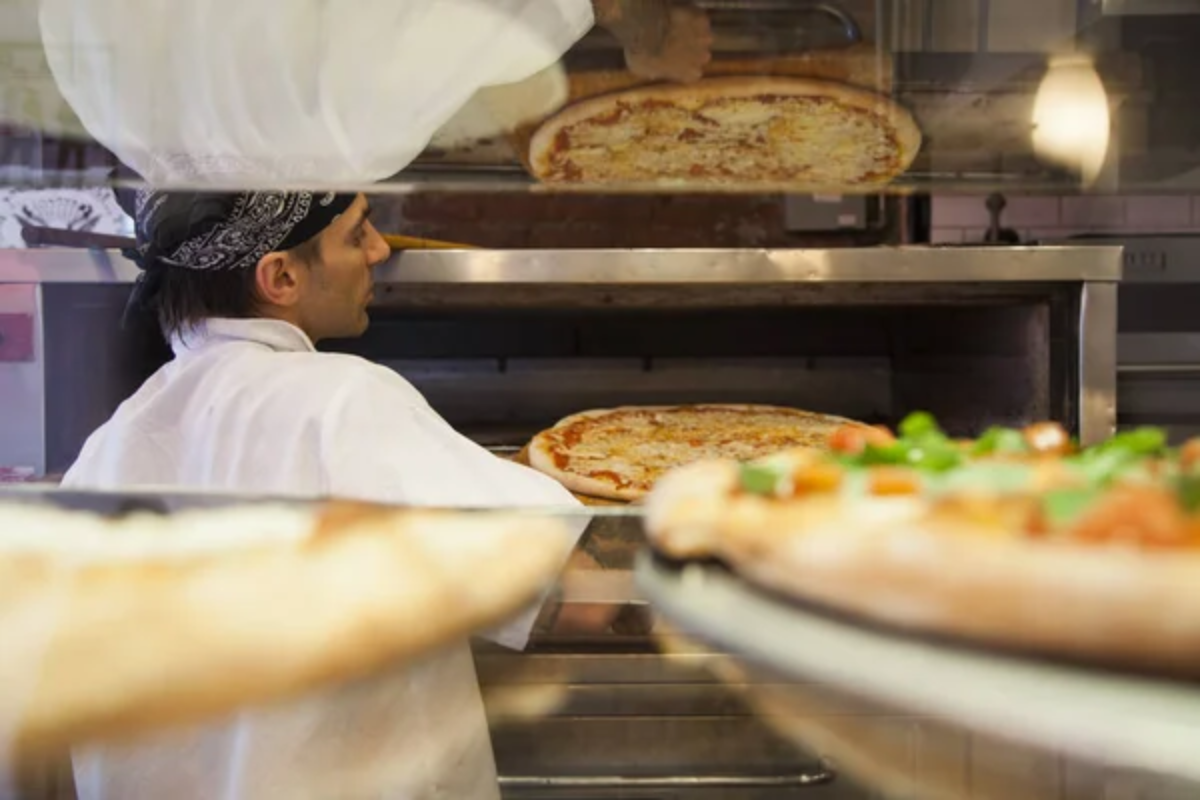
New York pizza features a thin, hand-tossed crust that is still pliable enough to fold – enabling that classic portable eating style New Yorkers love. Chicago deep dish turns the entire concept on its head, building a thick-walled pastry-like crust in a deep pan, then reversing the order of ingredients with cheese on the bottom and sauce on top.
This structural difference is not simply cosmetic – it’s the foundation for almost every other difference between these styles.
Eating Methodology

New York slices were designed for mobile consumption – typically eaten while standing or even walking with nothing but a thin paper plate to catch the drips. Chicago deep dish is a commitment; you’ll need to sit down with real utensils because the fork-and-knife approach becomes necessary for navigating layers that can be two inches high.
No coincidence, then, that the dining experience mirrors the rhythm of each city – New York’s relentless movement, Chicago’s more deliberate pace.
Like Travel Pug’s content? Follow us on MSN.
Sauce Application
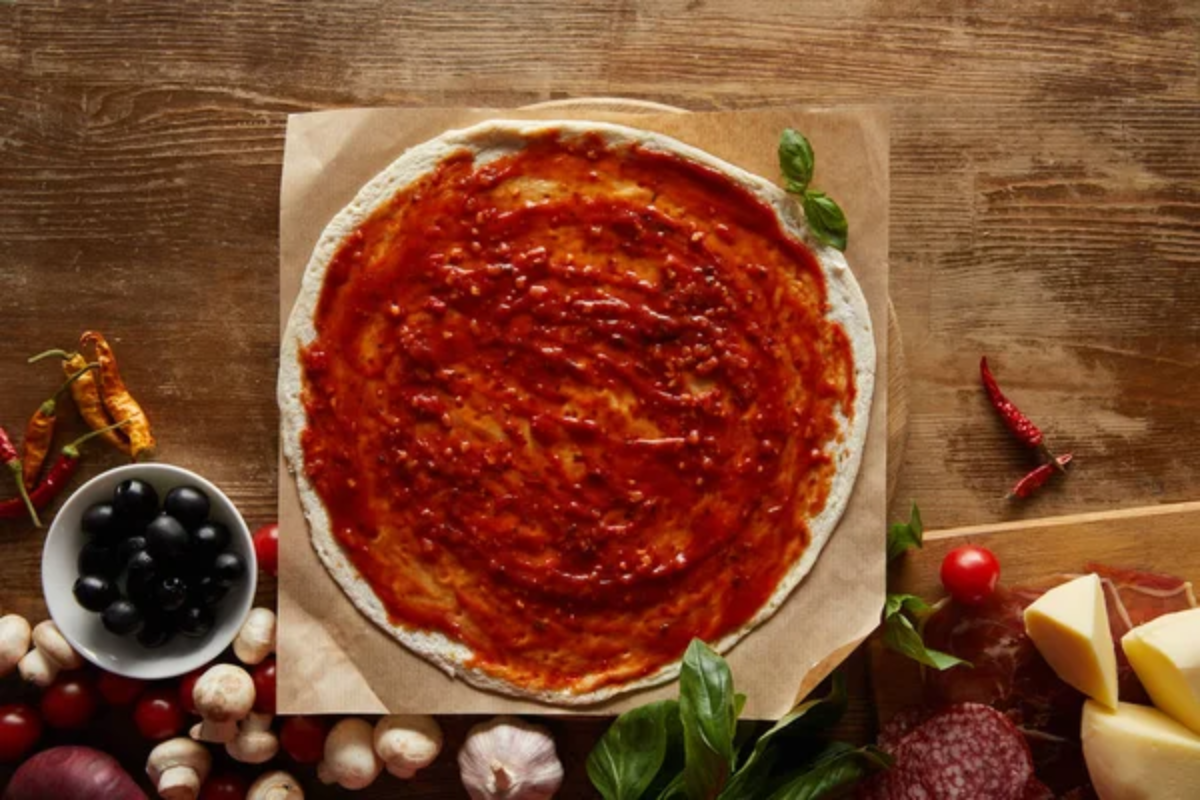
New York Pizza applies a thin coat of sauce to the dough before topping so it can half-cook into the crust during baking. Chicago deep dish adds sauce as a final protective coating over all the other ingredients, creating a reservoir of vibrant, chunky tomato that’s relatively uncooked until serving.
Not only is this sauce positioning visually different, but it also drastically changes how the flavors develop while cooking.
Cheese Philosophy

New York is about balance – using just enough low-moisture mozzarella to get those chewy strands without overwhelming the slice. Chicago deep dish goes all in with massive amounts of cheese – often mixing mozzarella with provolone or Romano – creating that classic gooey interior that needs cooling time before you even think about taking a bite.
When placing styles side by side, nothing highlights their differences quite like the total amount of cheese.
Time Investment
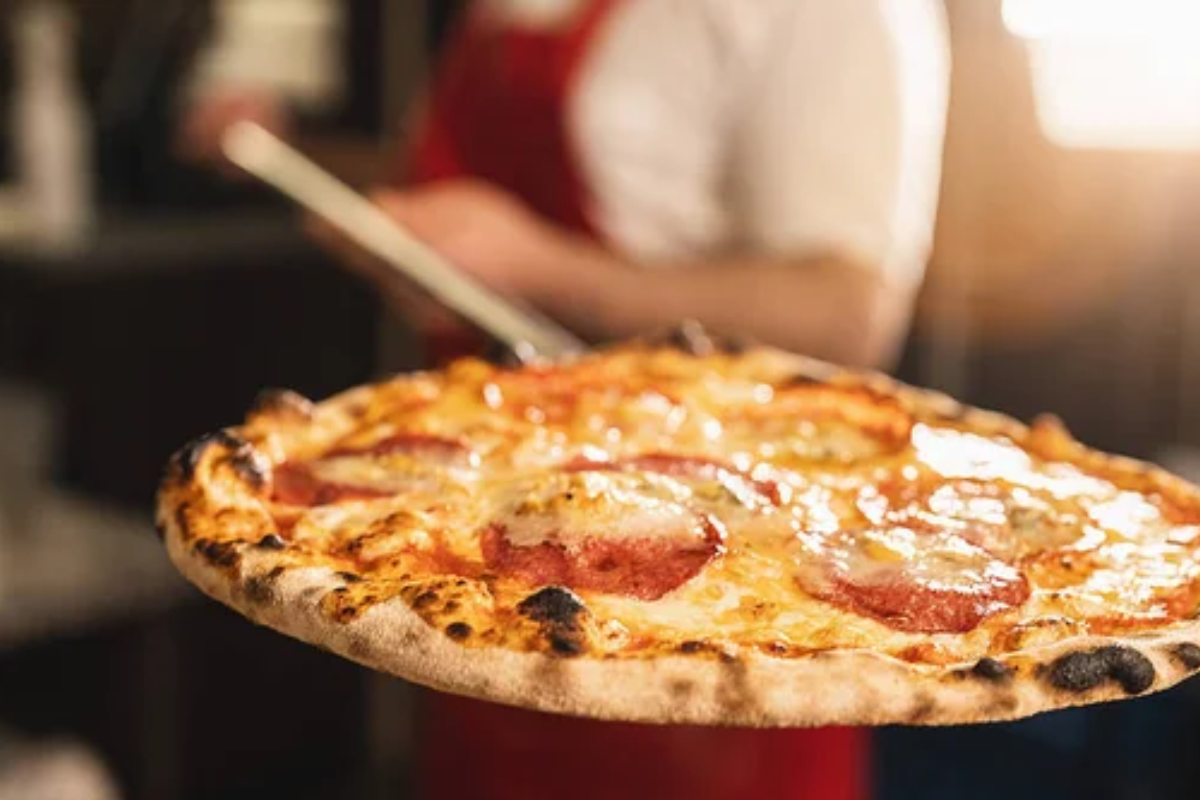
New York slices cook at lightning-fast speeds – typically finished in under five minutes – which perfectly suits the city’s efficiency impatience and high-volume pizzerias where turnover makes money. Chicago deep dish takes its sweet time – typically 30 to 45 minutes in the oven – which renders it an experience that, unlike fast food, feels more like sitting-down dining.
This time gap renders Chicago pizza cravings on impulse take a whole lot more patience than their New York counterparts.
Like Travel Pug’s content? Follow us on MSN.
Crust Composition

New York dough contains almost no fat – relying instead on high-protein bread flour, water, yeast, and salt to generate flavor through fermentation. Chicago deep dish employs lots of oil or butter – creating something more like a pastry than pizza dough – which must be able to withstand longer cooking times without shrinking to charcoal.
The disparity in fat content doesn’t just affect flavor – it yields entirely different structural properties and mouthfeel.
Historical Origins
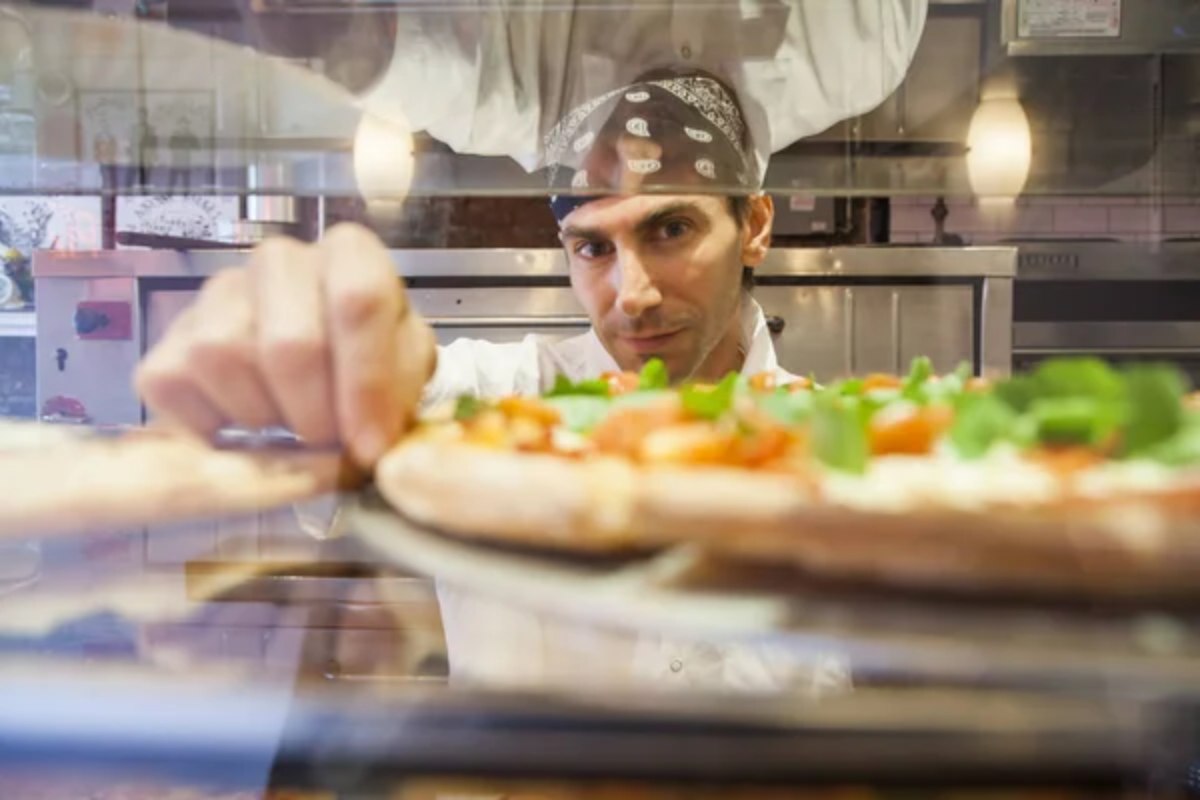
New York pizza evolved directly from Neapolitan traditions – brought by Italian immigrants in the early 1900s – gradually adapting American ingredients without losing its Italian soul. Chicago deep dish was a conscious American invention – credited to Pizzeria Uno founders Ike Sewell and Ric Riccardo in 1943 – who thought of something entirely different with no direct Italian precursor.
These different myths of origin reveal each style’s relationship to pizza traditions in Europe – evolution or revolution.
Topping Placement

New York pizza puts toppings directly over the cheese – exposing them directly to the fiery heat of the oven, where they caramelize and develop intense flavor. Chicago deep dish buries most toppings beneath the shielding layer of sauce – essentially steaming rather than roasting them in the prolonged baking duration.
In spite of identical ingredients, this placement disparity yields radically distinct flavor outcomes.
Like Travel Pug’s content? Follow us on MSN.
Slice Integrity
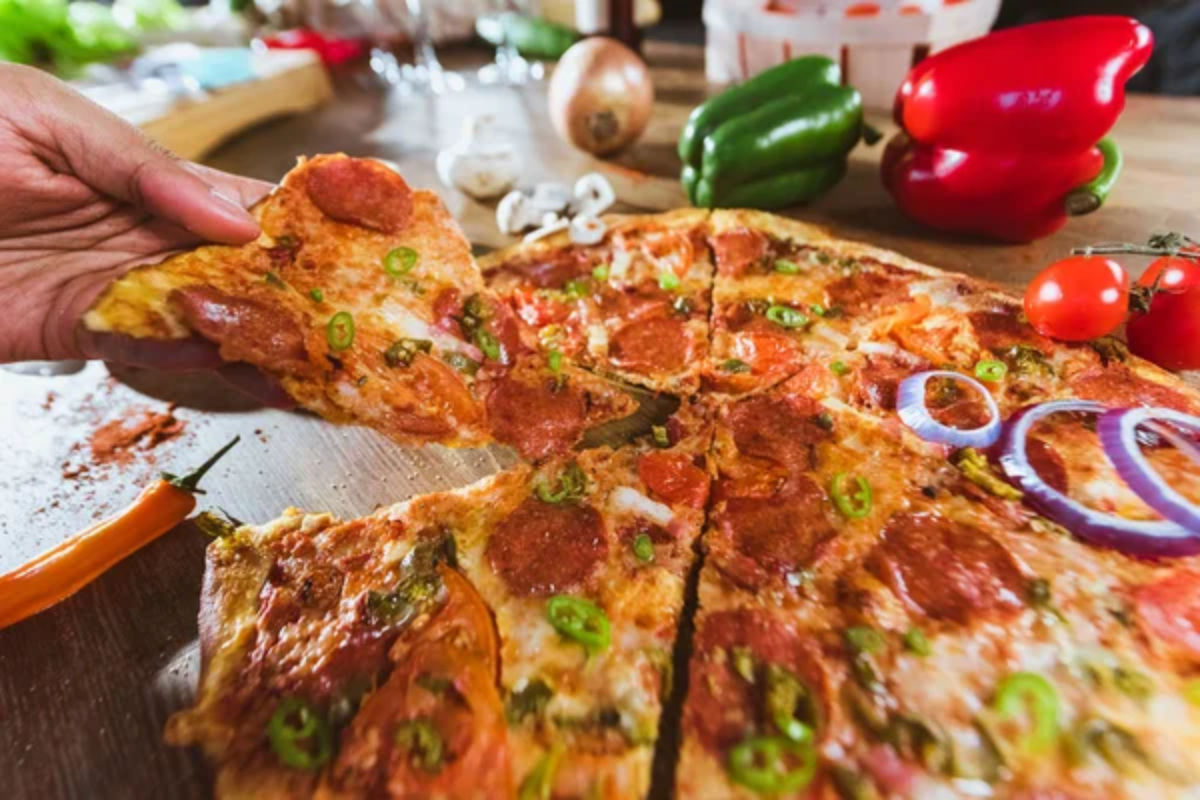
New York pizza has structural integrity in its foldable design – holding toppings and cheese inside despite the thin base. Chicago deep dish needs recovery time after it comes out of the oven – since premature cutting results in filling collapse and structural failure along the whole slice.
These architectural considerations are not simply practical but rather reflections of fundamentally different priorities in each city’s direction of their pizza experience.
Regional Variations
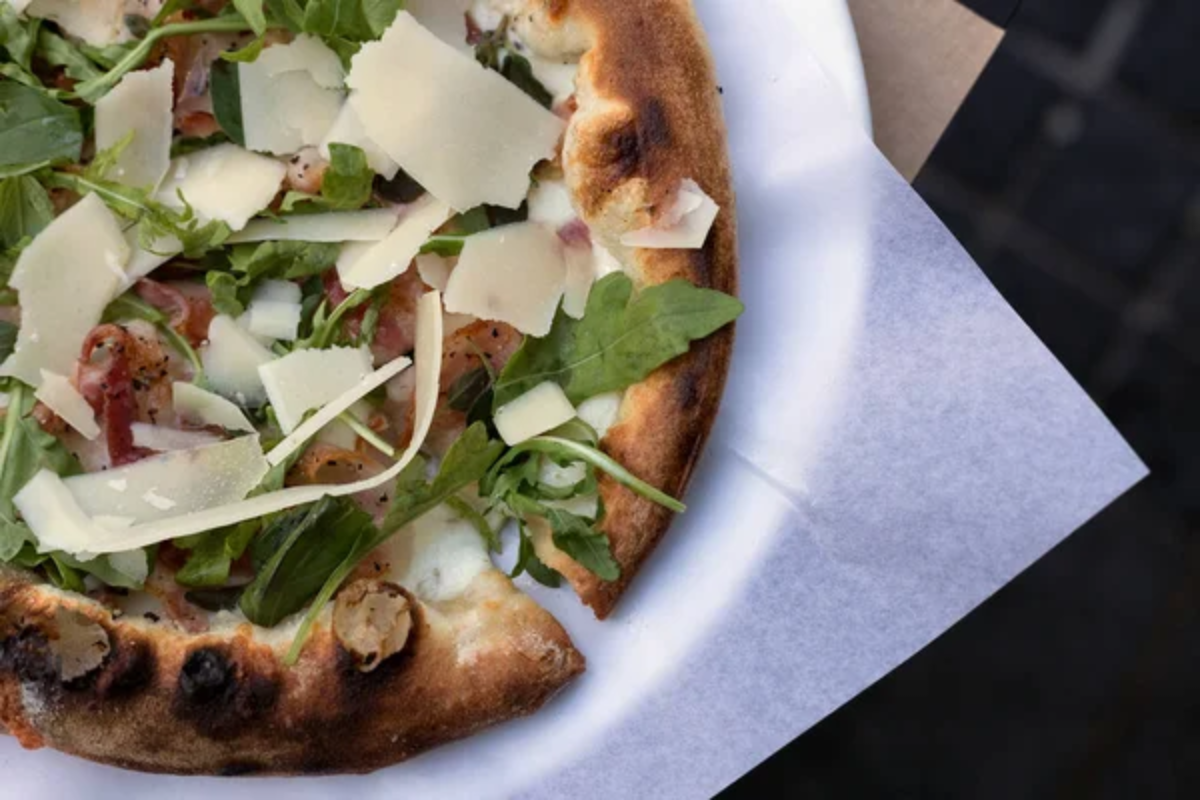
New York pizza culture boasts numerous sub-styles across its boroughs – from Brooklyn’s larger charred-edge pies to Staten Island’s ultra-crispy iterations to the thicker Sicilian squares throughout the town. Chicago’s pizza world extends far beyond deep dish – encompassing lesser-known but locally important styles like tavern-style thin crust (square cut) and stuffed pizza (deep dish-like but with another layer of dough).
Both cities have developed nuanced pizza subspecies that locals recognize but outsiders often overlook.
Oil Presence
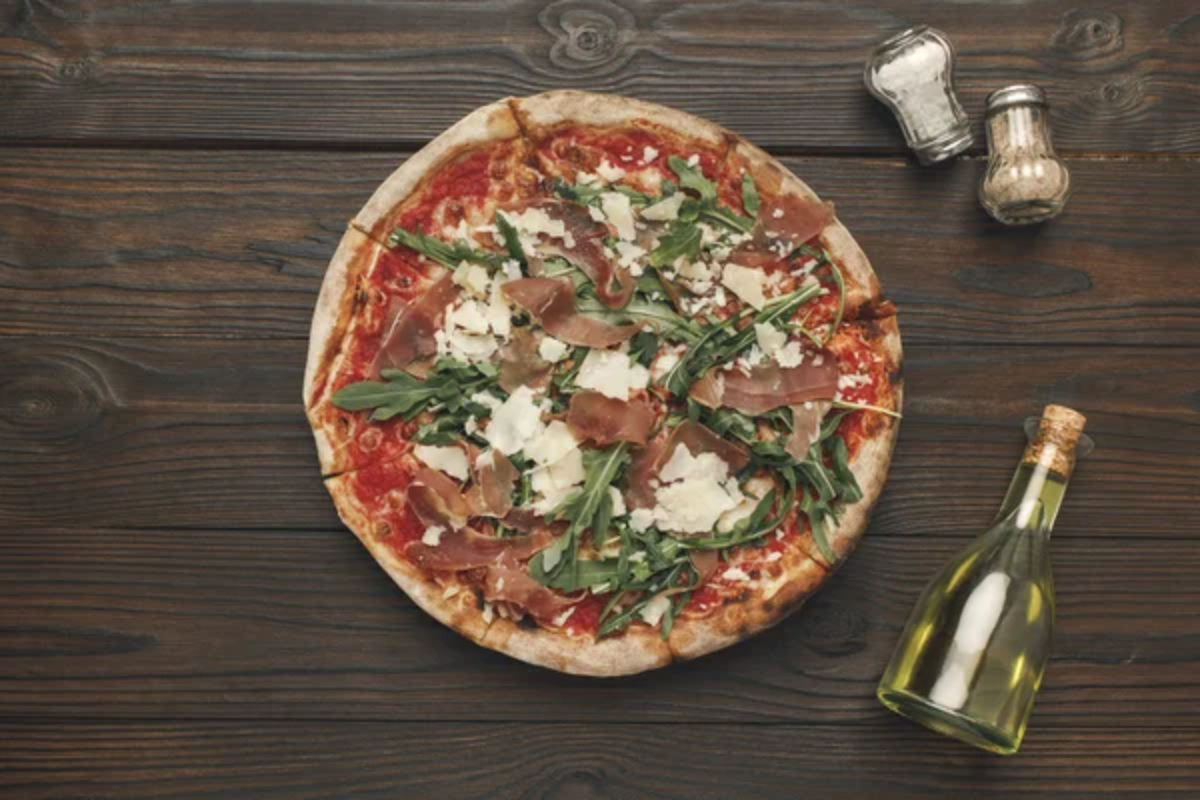
New York slices leak enough oil that the napkin dab before biting is an iconic requirement and that orange-hued grease is a key part of the authentic experience. Chicago deep dish incorporates its fats differently, with butter in the crust and the layering process holding the visible oil slick of popular New York varieties at bay.
The different presentation of the fat creates a different visual and tactile experience when eating.
Like Travel Pug’s content? Follow us on MSN.
Portion Philosophy

New York serves individual slices as the standard unit of consumption, which allows customers to sample several varieties or purchase exactly the amount they want. Chicago deep dish is focused on whole pies that are meant to be shared, and a single slice is a heavy meal rather than a quick snack.
The different service styles reflect deeper cultural values about communal versus individual dining experiences.
Temperature Management
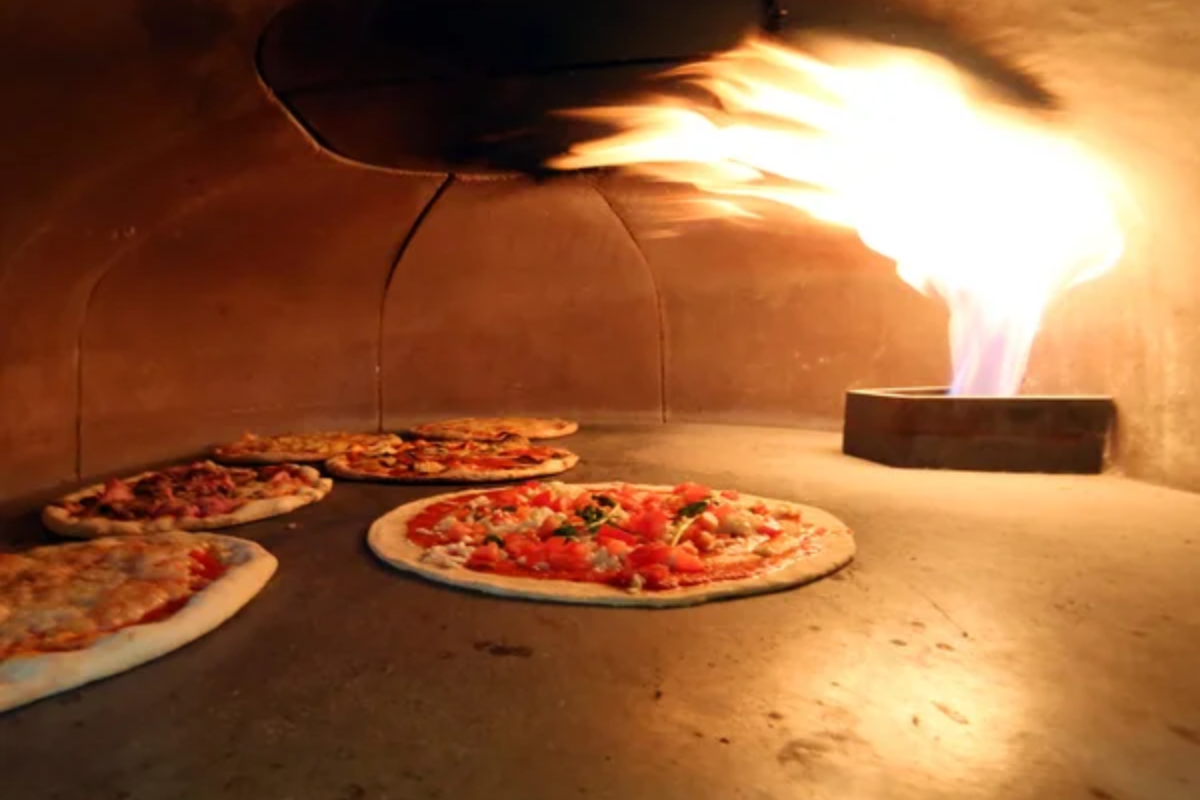
New York pizza is typically consumed almost the moment it emerges from the oven, with the ideal consumption temperature just below burn-your-mouth hot. Chicago deep dish requires a considerable cool-down period after baking, up to 15 minutes, for the internal structure to set and temperatures to reduce before it’s safe to consume—this requirement for waiting changes the instant gratification nature of pizza consumption in a very basic way.
Reheating Protocol
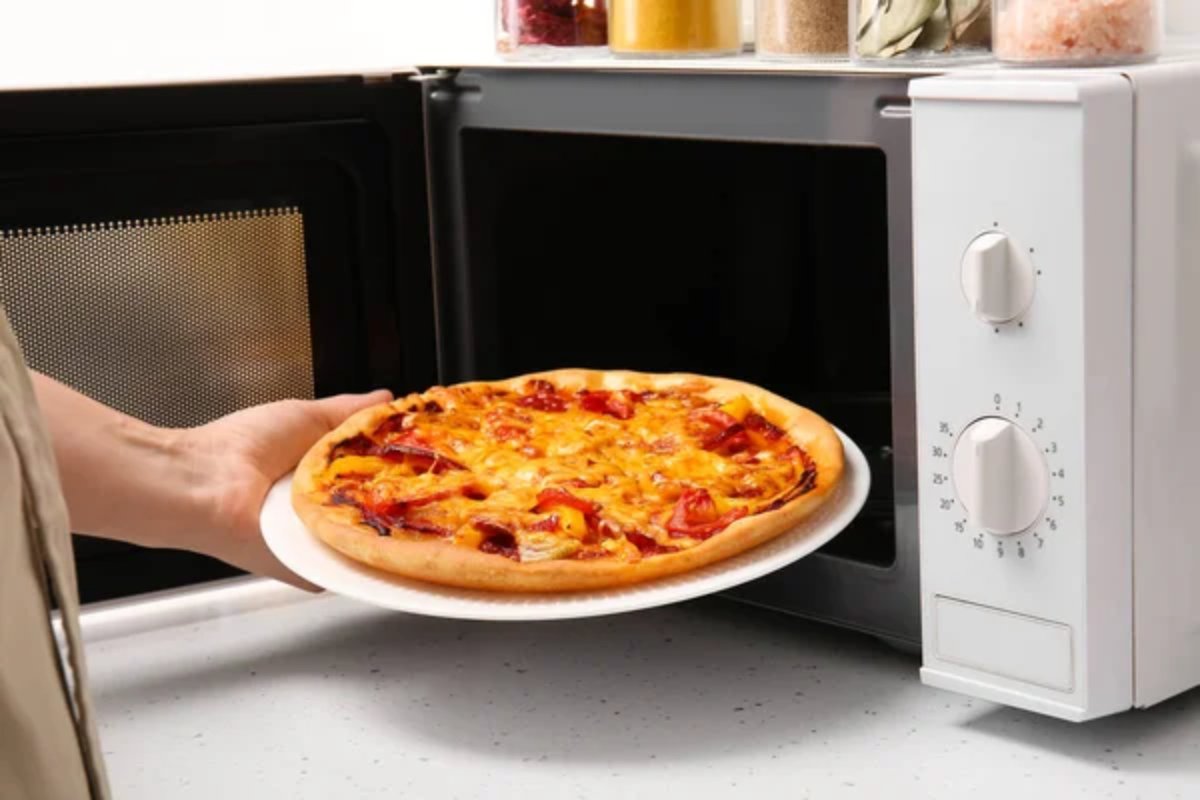
New York slices have a remarkable second life when they’re re-heated, with some aficionados claiming that some pizzas are actually better the following day when reheated correctly in a cast iron pan. Chicago deep dish does not do well when trying to reheat, typically ending up soggy or structurally compromised when trying to restore it to its previous condition.
This possibility of an afterlife creates entirely different approaches to leftover upkeep and expectations.
Like Travel Pug’s content? Follow us on MSN.
Seasonal Adjustment

New York pizzerias run consistently and efficiently year-round, using virtually the same preparation techniques regardless of climate. Chicago pizzerias need to continually modify their methods as summer humidity radically influences deep dish dough performance, and winter aridity necessitates recipe adjustments.
Such technical difficulties result in Chicago’s signature style demanding greater know-how to ensure constant quality throughout the seasons.
Geographical Distribution

New York-style pizza has conquered territory well beyond the five boroughs, with authentic versions available in most US cities and growing international recognition. Chicago deep dish has been less adaptable outside of the Midwest, with national chains offering poor imitations and the style seeming to require a pilgrimage to Chicago for an authentic experience.
This imbalance in distribution testifies to the technical challenge and regional pride that goes into proper deep dish preparation.
Cultural Integration

New York pizza is now fully integrated into the city’s identity, with routine appearances in film, television, and media as a shorthand for authentic New York experiences. Chicago deep dish occupies a more conflicted position in local culture, touted as a tourist attraction.
At the same time, many Chicagoans reserve the city’s less famous tavern-style thin crust for everyday consumption. These patterns of public and private consumption suggest complicated relationships between residents and their famous pizza styles.
Like Travel Pug’s content? Follow us on MSN.
Culinary Tourism

New York pizza tourism is based on neighborhood crawls, with visitors taking recommendations to have multiple slices in multiple boroughs during a single day. Chicago pizza tourism is destination-restaurant-based, with places like Lou Malnati’s or Giordano’s, where the time commitment per restaurant dictates that visitors can only seriously visit one or two spots.
These approaches reflect not just portion size but the inherent rhythm of pizza culture in both cities.
Wine Compatibility

New York pizza pairs naturally with red wine, particularly lighter styles that complement instead of competing with the balanced flavor profile of a well-crafted slice. Chicago deep dish poses pairing challenges due to its richness and intensity, pushing enthusiasts toward beer options capable of standing up to its thick composition and hearty flavors.
These beverage inclinations reflect broader culinary approaches within each city’s food culture.
Modernization Approaches

New York has followed careful modernization, with artisanal pizzerias embracing sourdough fermentation, local toppings, and wood-fired techniques while still interacting with traditional slice shops. Chicago deep dish has been more preservationist, with innovation happening primarily in the city’s non-deep dish styles rather than revolutionizing the classic deep dish formula.
These different approaches to tradition and innovation mirror broader cultural values in each food community.
Like Travel Pug’s content? Follow us on MSN.
Pizza Identity and Cultural Meaning

The fundamental pizza divide between the two cities extends beyond mere food preference, revealing deeper aspects of regional identity and values. New York pizza embodies the city’s practical efficiency, multiculturalism, and historical connections to European immigration.
Chicago’s creation is a manifestation of Midwestern abundance, architectural experimentation, and reinvention of immigrant customs in a distinctively American form. When choosing among these styles, people aren’t just selecting a preferred crust—they’re choosing between competing visions of American culinary culture.
More from Travel Pug

- 20 Destinations That Were Once Thriving but Are Now Quietly Disappearing
- 13 Destinations Where Tourists Regularly Regret Their Trip
- 20 Once-Popular Beach Towns That Are Now Ghostly Empty
- 10 Under-the-Radar Mountain Towns That Are Both Affordable and Beautiful
- Take a ‘Learning Vacation’ in These 20 Extraordinary Places
Like Travel Pug’s content? Follow us on MSN.
